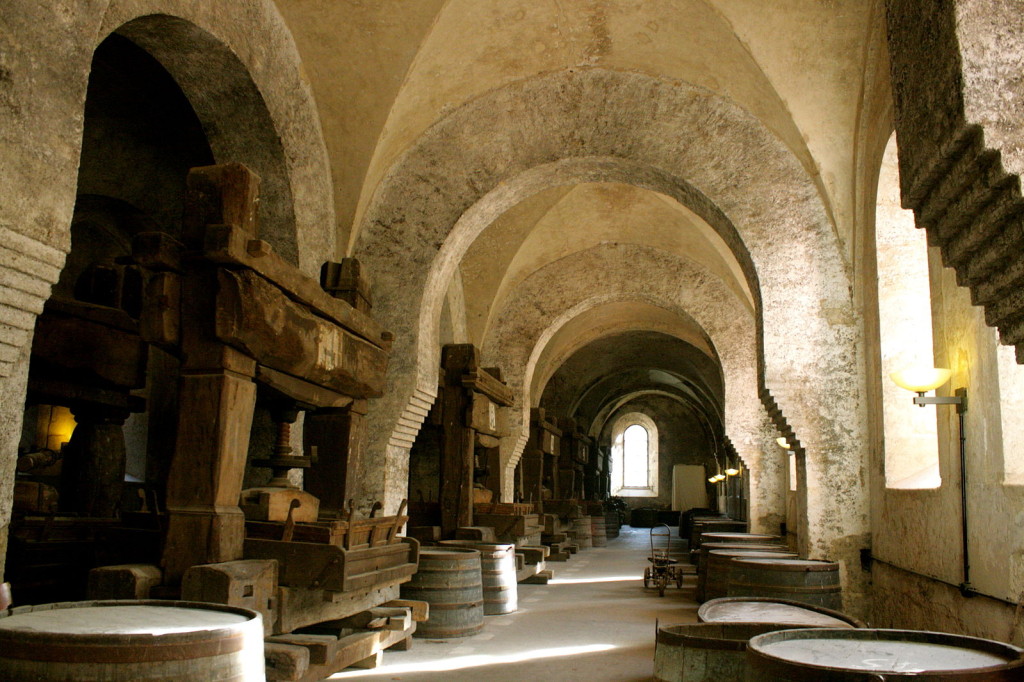
How is wine made? Whether you’re a newbie wine aficionado who wants to get the basics down, or a seasoned collector in need of a quick refresher course, read our step-by-step guide to find out how your favorite beverage goes from grape to bottle.
The Harvest
The last stage on the vine is the first step in the winemaking process. There is often a very small window between when grapes are underripe and when they’re too far gone, so the harvest is all about timing. The vineyard’s location, terrain, climate, soil, and age can all contribute to when the grapes are ready (as well as their taste). Winemakers use science and experience to watch and test their grapes so that they’re picked at the perfect moment. Grapes can be harvested by hand (which prevents oxidations resulting from damaged skins, but is expensive), or by machine.
Crushing and Destemming
After the grapes have been harvested, it’s a race against the clock to destem and crush them. Wait too long, and the grapes you’ve spent a year carefully cultivating will be useless. Winemakers often work through the night during this phase of the process.
The grape crushing is not only a physical process: it serves a chemical purpose as well. Crushing serves to split the grape skin and allow the juice, or “must” to begin to run out. As it does so, the sugar from the must mixes with natural yeast in the grape skin. The yeast consumes the sugar, turning it to carbon dioxide and — most importantly — alcohol. This is the beginning of the fermentation process.
During this stage, the grape stems are also separated from the must. And if the wine is intended to be white wine, the skins are removed as well. If it’s meant to be a red wine, the skins stay so they can provide color and tannins to the finished product.
Fermentation and Pressing
Fermentation is the step that turns what could be merely grape juice into wine. At this point, the wine is put into large stainless steel tanks, or sometimes oak barrels, which add certain (tasty) flavors to the finished product. During fermentation, the grape’s sugars turn to alcohol and carbon dioxide. The winemaker monitors the wine during this process, and may add sugar to bump up the alcohol levels, or acid if the wine’s acidity is low.
For white wine, pressing is done right after crushing, and for red wine, it’s done after fermentation. This process turns the grape solids left after crushing into a thick liquid that winemakers can add to the wine to improve its color and flavor.
Malolactic Fermentation
This additional fermentation isn’t used for all wines. When it is, the winemaker adds lactic acid bacteria to the wine so it can smooth out harsh-tasting malic acid by converting it into lactic acid. Most red wines, and some of the fuller-bodied white wines undergo malolactic fermentation to create a smoother, mellower final product.
Maturation
For this phase, think barrels: they’re the most common vessel used for the maturation process. French and American oak are the most common choices for the pleasant flavors they impart to the wine. Oak barrels also allow tiny amounts of oxygen to enter and interact with the wine, serving to mellow out some of the tannins in red wine and contribute complex flavor compounds to both red and white wines. Some modern winemakers are beginning to use stainless steel tanks for this process instead of traditional barrels. Because they don’t interact with the wine, they can be a good choice for certain varietals, and as they don’t need to be replaced and are easy to maintain, they are more economical.
It’s during this time that the winemaker might also do a step called “racking,” in which wine is moved from one barrel to another. This serves to separate the wine from the sediments that collects at the bottom of the barrel, and that can negatively impact the wine’s flavor. It also exposes the wine to a bit of oxygen, which helps flavors develop, giving the wine complexity.
Fining and Filtering
When the wine is ready, fining and filtering are done. These processes remove most of the sediment from the wine. (Sediment won’t hurt you, but it’s unsightly and can have an unpleasant taste.) Filtering will remove bigger solids such as dead yeast. Together, the processes turn a cloudy wine attractively clear.
Blending and Bottling
If the wine is intended to be part of a blend, this is when that process takes place. Winemakers don’t blend wines only to improve their taste, but also to adjust their color, alcohol levels, tannins, aromas, or pH. It takes a lot of experience and a sophisticated palate to blend wines well.
Finally, the wine is portioned into bottles, and each one is topped with an inert gas (read: one that doesn’t react with the wine and change its taste) like nitrogen or carbon dioxide. The bottle is topped off with a screw cap or traditional cork. Now, they’re ready to be stored for further aging, or drunk right away. Cheers!


